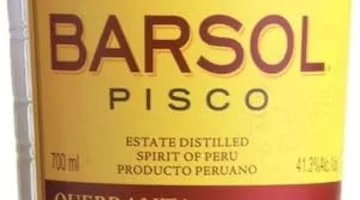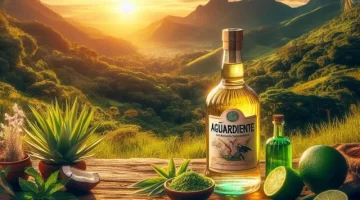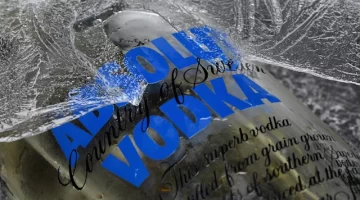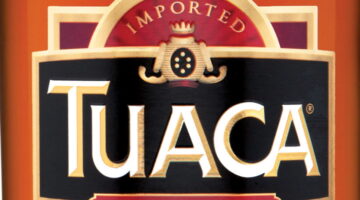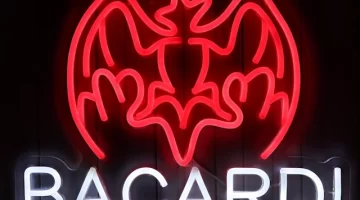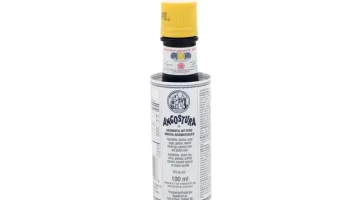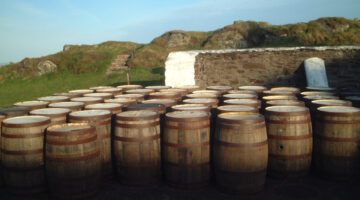Altos Tequila Distillery Tour
Mike Gerrard of Travel Distilled takes a tour of the Altos Tequila Distillery in the highlands of Jalisco in Mexico.

Starting a tour of the Altos tequila distillery in Arandas, I see truckloads of blue agave plants being delivered in a loading bay, ready for their journey through the distillery which turns them into tequila.
The agaves have already been uprooted and trimmed of their leaves by the skilled jimadors working in the fields, and now the plants, looking like giant pineapples, will be chopped into pieces and put on a conveyor belt to take them to the ovens for cooking.

‘All these agave have come from the same field,’ the Altos Maestro Tequilera Jesus Hernandez tells me, ‘but you can see they are not all the same size.’
It might look like the jimadors here are simply chopping them up randomly, but they are in fact sizing up each one and making sure the agave are chopped into pieces that are all roughly the same size. This ensures they all cook evenly, and there are no pieces overcooked or undercooked when the agave go to the next stage of the process: maceration.
Altos is one of only a handful of tequila makers which still uses the traditional tahona maceration process. A tahona is the stone wheel that crushes the cooked agave and separates the juice from the pulp.
‘Maceration has been done this way for 500 years,’ Jesus tells me, ‘but back then the stone was pulled around by a horse. The modern machine is designed to still move at the speed of a horse. Only six distilleries use this system. The productivity is very low but that’s how we get flavor. It takes about two hours to process a batch of about one ton. And that wheel also weighs one ton.’
The next stage is fermentation, which takes about 32 hours, with the piping and equipment having to be cleaned and sterilized at least once a week.

After taking a look at the distilling area and the bottling plant, Jesus takes me into their barrel warehouse. The first thing you notice is that the barrels are stacked vertically not horizontally. I’ve never seen barrels stacked that way anywhere else in the world.
‘We did a comparison of the two options,’ Jesus explains, ‘and found no difference in the tequila but stacking them vertically is safer for the workers, so that’s what we do.’
I ask Jesus about the angels’ share here in the Mexican state of Jalisco: ‘If we kept tequila in a barrel for 18 years like they do in Scotland we wouldn’t have anything left because of the high angels’ share. Here it is hot and dry, so there’s more evaporation than in Scotland where it is cooler and damp.’
That’s why tequila matures more quickly. Altos matures its reposado for 6-7 months, although two months is the minimum required.
Jesus is particularly proud of the recycling techniques he has helped to put in at Altos. Before making tequila he worked in the vodka and brandy business in California, where recycling was compulsory. Having learned of its value there, he started to apply it at Altos.
‘It takes the agave fibres, once the juice has been extracted, 15 years to biodegrade,’ he tells me. ‘We looked for a way of accelerating this process and found that by injecting stillage into the fibres and using a tractor with a rotor on it we can reduce the time to biodegrade down to four months, and then we use the fertilizer in the agave fields. The agave fields have a better nutrient profile now than they did a few years ago. We now have 98% recycling of the waste products from the tequila-making process.’
Jesus introduces me to his son, Jesus Hernandez Junior, who also works at Altos. Jesus Junior takes me to see one of the agave fields near the distillery, where a jimador is hard at work uprooting and trimming the plants in the bright red volcanic soil, typical of the Jalisco highlands.
‘He will do 150-200 agaves in a day’s work of six hours,’ Jesus Junior says. ‘That’s digging them up, stripping them of their leaves, and then cutting most of the green parts off. You cannot mechanise this part as every plant is different. Being a jimador is a family trade. Kids start when they’re about 14-years-old and will do it all their lives. As manual labor goes, this is one of the best-paid jobs. It’s skilled work.’
We then go to the tasting room to discover the results of that skilled work, and Jesus Senior does an interesting thing. Instead of only tasting Altos tequilas, we do a comparison tasting of two blancos, two reposados and two anejos. One in each pair is an Altos, the other another well-known brand.
‘In the lab,’ Jesus explains, ‘they taste the tequila at 20% ABV to cut down the alcohol and intensify the flavor. We used to do it in tastings too but people kept saying it was too watery. We like to do comparison tastings. It’s not to say that one is better or one is worse, but to show how different tequilas can be from each other, even when they’re in the same class. So many things have an impact on the flavor.’
For the blanco on the left, the aroma is agave sweet, with orange and other citrus, while for the one on the right the aroma is less intense, you can detect the alcohol more but it is also more floral. The taste of the blanco on the left is more burning, strong, bitter at the end, with minerals, spicy, fresh coconut. The finish is on the dry side making you want to sip some water. The taste of the other is smoother, with the same flavors as were on the nose, but this one makes your mouth salivate instead of being dry. Altos was the one on the right, Don Julio the one on the left.

It was a fascinating way of tasting tequila, particularly the two different finishes, one making you want a sip of water, the other leaving you salivating. We go on to repeat the process, comparing an Altos reposado with a Jose Cuervo 1800, that’s noted for its smokiness, and an Altos anejo with one from Herradura. It was a clever tasting method, inviting you to find the tequila that appeals to you, rather than saying that one is better than another.

Finally Jesus presents me with a gift of two miniature bottles of Altos, finely decorated with beadwork, showing that it’s not only what’s in the bottle that make a drink appealing. And it all begins with those jimadors working in the fields, and the trucks delivering the blue agave on which Jesus works his magic.








